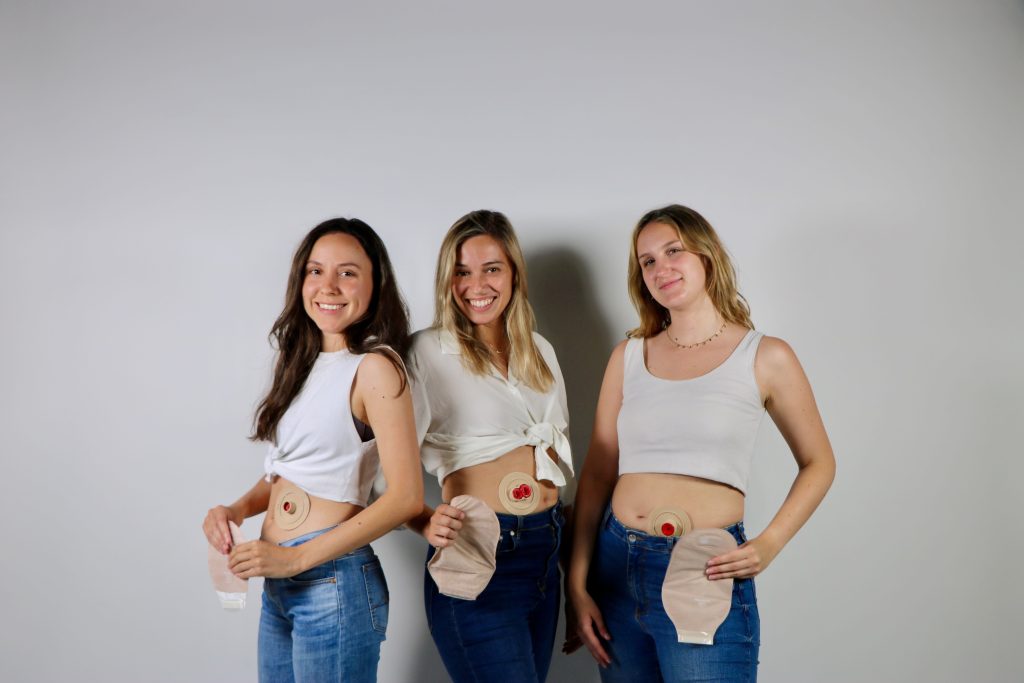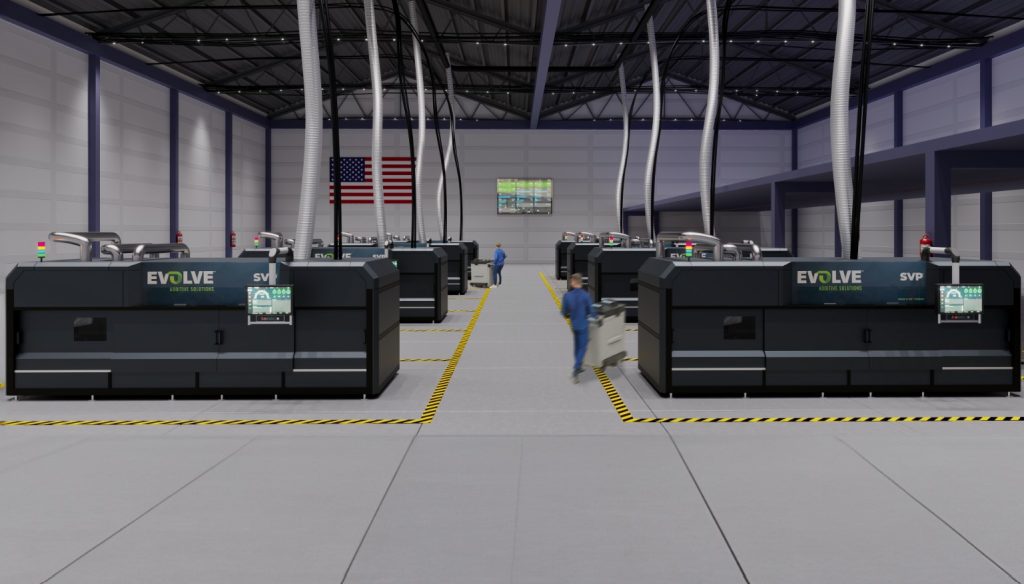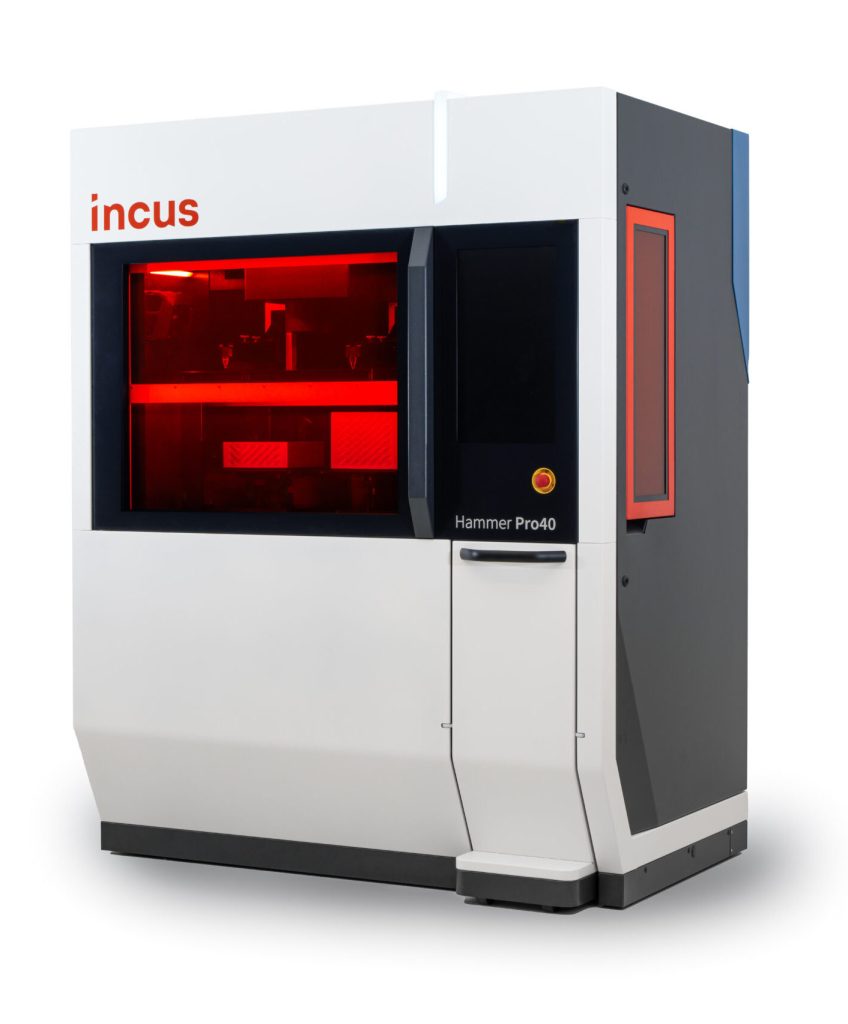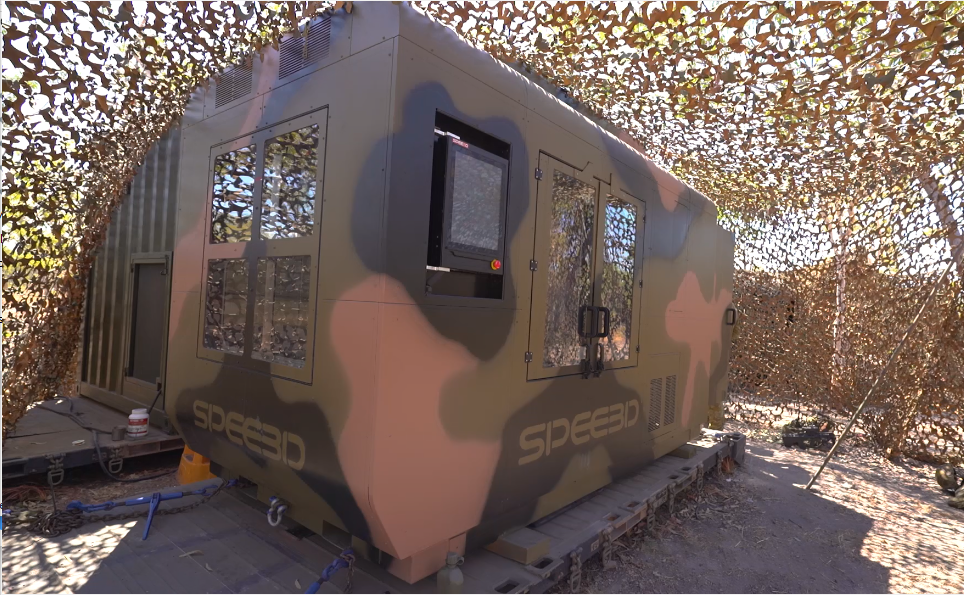October 2023’s 3D printing news saw a number of novel applications within the fashion industry, with the launch of two new 3D printed footwear products. The personalized healthcare sector also continued to grow, with 3D Systems expanding its 3D printed medical portfolio.
More 3D Printing Industry News from 2023.
Elsewhere, efforts to scale additive manufacturing saw multiple company’s target serial and mass production with 3D printing. Moreover, as the conflict in Ukraine moved into its second year, industrial additive manufacturing companies supplied 3D printers to the region to support the country’s war effort.
Read on for more highlights from Adidas, Carbon, HP, Stratasys, Odapt, Evolve Additive Solutions, SPEE3D, Essentium, and more.
3D printing: a growing trend in the Fashion sector
The fashion sector dominated October’s 3D printing news. Global sports equipment firm Adidas built on its growing 3D printed footwear portfolio with the launch of the MC87 4D, a limited-edition spikeless golf shoe. The MC87 4D features a novel 3D printed midsole produced with US 3D printer OEM Carbon’s Digital Light Synthesis (DLS) technology.
This midsole incorporates a lattice structure designed to provide optimized energy absorption. This efficiently delivers energy back to the foot while providing crucial support where it is needed, the company claims.
October also saw multinational printing firm HP announce a partnership with Brooks Running to develop the Exhilarate-BL running shoes with 3D printing. This new running shoe introduces 3DNA, a 3D printed midsole that provides a propulsive, springy feel.
3D printed using HP’s Multi Jet Fusion (MJF) 3D printing technology, the company claims that the midsole outperforms 90% of other midsoles on the market. Brooks announced a limited release of the shoe to select Wear Testers and Run Club members. It is hoped that this will aid future 3DNA shoe designs using runner data like stride length and cadences.
Away from the footwear market, renowned fashion designer Jayne Pierson made an impression at London fashion week with her “Ceridwen” collection which leverages Stratsys’ 3DFashion technology. Pierson showcased a number of wearable pieces that integrate 3D printed elements into the fabric of the designs.
US-based 3D printer manufacturer 3D Systems launched its new MJP 300W 3D printer and VisiJet Wax Jewel Ruby material to address the growing global jewelry market. These new offerings reportedly allow users to efficiently achieve greater design freedom and improved surface finish on their wax jewelry pieces.

Personalized healthcare
A number of developments were once again made within the field of personalized healthcare. 3D Systems’ point-of-care technologies continued to grow, with the production of a patient-specific 3D printed cranial implant for a procedure at the University Hospital Basel in Switzerland.
This announcement was significant as it marked the creation of the first cranial implant produced at the point of care that complies with current Medical Devices Regulations (MDR). As such, 3D Systems is well positioned to exploit the growing cranial implant market, which is projected to reach $2.1 billion by 2030.
Elsewhere, Pharmaceutical customization technology developer CurifyLabs launched Good Manufacturing Practice (GMP) developed Pharma Inks. These new 3D printable pharmaceutical inks are optimized for the on-site production of patient-tailored and personalized medicines in pharmacies and hospitals.
Traditional manual compound processes can be time-consuming and error prone. CurifyLabs’ new offering reportedly overcomes these challenges by automating the production of customized medications. GMP Pharma Inks provides pharmacists with direct access to a library of 3D printable inks and a 3D printer, ensuring fast and compliant drug manufacturing.
In October, 3D Printing Industry sat down with Ivana Llobet, CEO and co-founder of Odapt, to learn more about the company’s personalized 3D printed ostomy bags. These customizable products are said to offer a superior fit and a sustainable solution to a prevalent medical need.
According to Llobet, 3D printing offers notable advantages in the production of ostomy bags. “People could be anywhere in the world, and we could print it locally in their countries and send it to them.” Odapt is now targeting a clinical trial in Barcelona, indicating a strategic approach towards a commercial launch.

Scaling production in Additive manufacturing
Efforts to scale up 3D printing to meet serial and mass-manufacturing needs were prevalent in October. Minnesota-based 3D printer manufacturer Evolve Additive Solutions announced a strategic partnership with German 3D printing service provider alphacam GmbH to meet high production demands with 3D printing.
This partnership sees alphacam offer parts manufactured using Evolve’s Thermoplastic Electrophotographic (STEP) technology to European customers. Launched in 2017, STEP technology enables high-speed 3D printing of engineering-grade thermoplastics.
STEP is reportedly 50 times faster than SLS 3D printing, allowing for high throughput “toolless” production. alphacam adopted Evolve’s Scaled Volume Production (SVP) platform to deliver high quantities of fully dense, high-fidelity thermoplastic parts.

Elsewhere, Austrian engineering firm and OEM Incus GmbH launched the Hammer Pro40, a Lithography-based Metal Manufacturing (LMM) 3D printer designed to meet demands in mass manufacturing. The Hammer Pro40 offers optimized production capabilities, and can be deployed directly on the factory floor.
Incus claims that its new 3D printer combines “unmatched cost efficiency” with high-quality 3D printing. The Hammer Pro40 offers a substantial 3D printing speed of up to 240 layers/h and up to 700 cm3/h. What’s more, the 3D printer reportedly has a cost per cm3 that is four times lower than its predecessor, the Lab35.
“The Hammer Pro40 was strategically developed to fulfill the growing demand for mass manufacturing with AM while still delivering the unique features of our technology,” stated Incus CEO, Dr Gerald Mitteramskogler.

Bolstering Ukraine’s defense capabilities with AM
Calum Stewart, Director of Defense Programs at Australian metal 3D printer manufacturer SPEE3D, spoke with 3D Printing Industry to discuss the company’s efforts to supply seven WarpSPEE3D 3D printers to Ukraine. Part of a US Department of Defence’s (DoD) Ukraine Security Assistance initiative, this project also saw the Victoria-based company train a number of Ukrainian soldiers and engineers in the use of its cold spray technology.
According to Stewart, SPEE3D’s technology enables Ukrainian troops to quickly manufacture “parts of consequence” at the point of need. The key goal for SPEE3D in Ukraine is to ensure that there is “more equipment in the fight, more of the time,” Stewart stated. “It’s nice to be a 3D printing company that’s actually doing something we think is making a difference.”
Another 3D printing company that supplied additive manufacturing technology to the Ukrainian military is Industrial 3D printer manufacturer Essentium. The company partnered with KVG to provide the country with industrial 3D printers, training, and manufacturing tools. Just 96 hours after approval, the two companies had successfully deployed advanced High-Speed Extrusion (HSE) 3D printers across multiple locations in Ukraine.
“This collaboration bridges the gap between 3D printing and traditional manufacturing to allow Ukraine to create vital components in real-time, enhance field effectiveness, and strengthen the warfighter’s capabilities,” commented Essentium CEO Blake Teipel.

Subscribe to the 3D Printing Industry newsletter to keep up to date with the latest 3D printing news. You can also follow us on Twitter, like our Facebook page, and subscribe to the 3D Printing Industry Youtube channel to access more exclusive content.
Are you interested in working in the additive manufacturing industry? Visit 3D Printing Jobs to view a selection of available roles and kickstart your career.
Featured image shows the Adidas MC87 4D golf shoe. Photo via Adidas.


